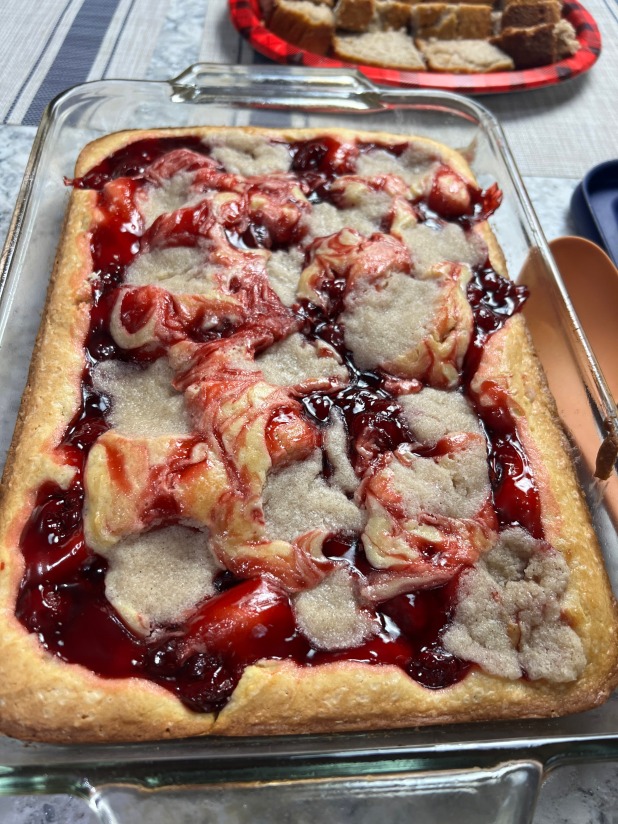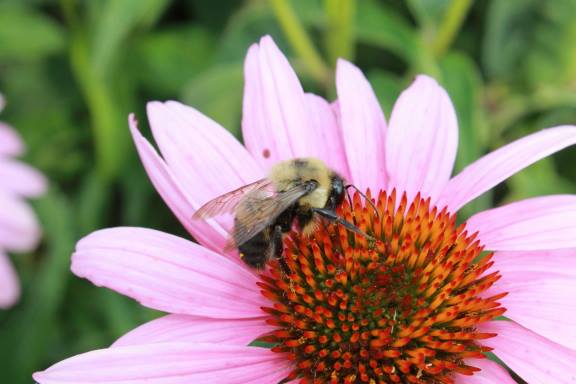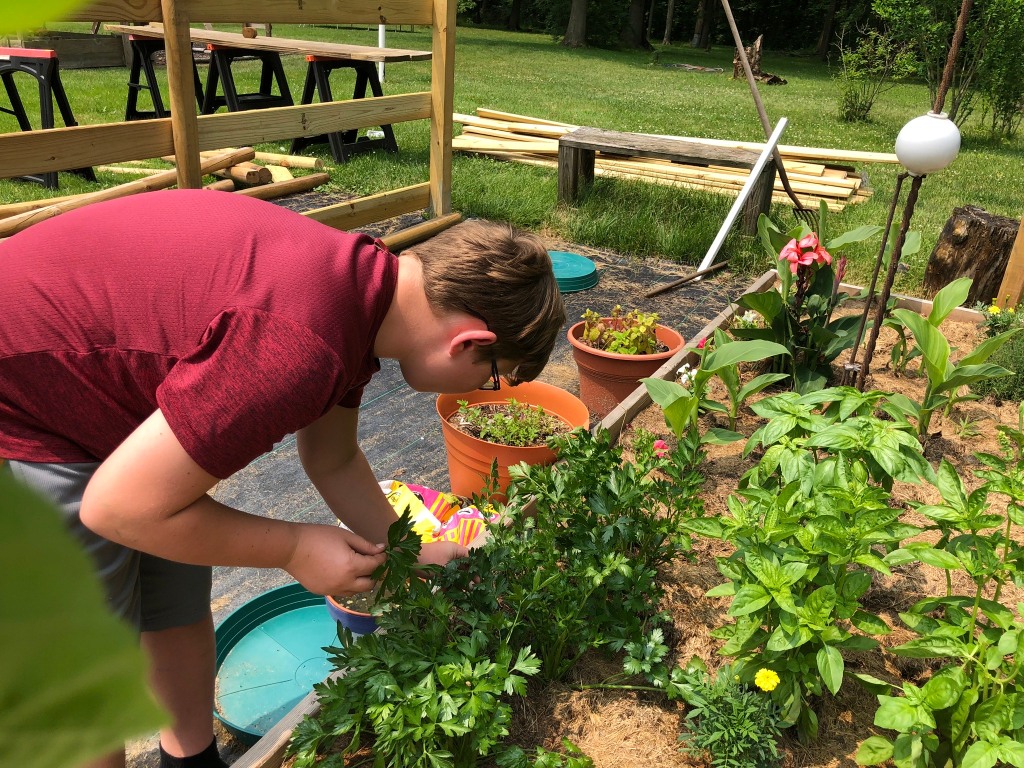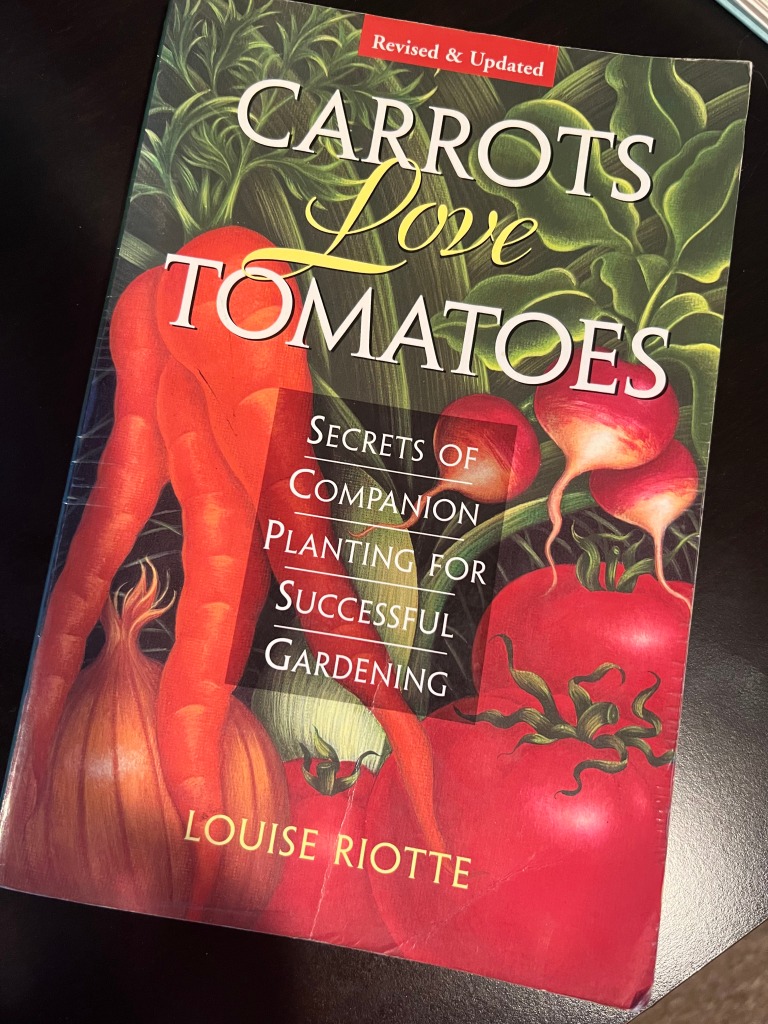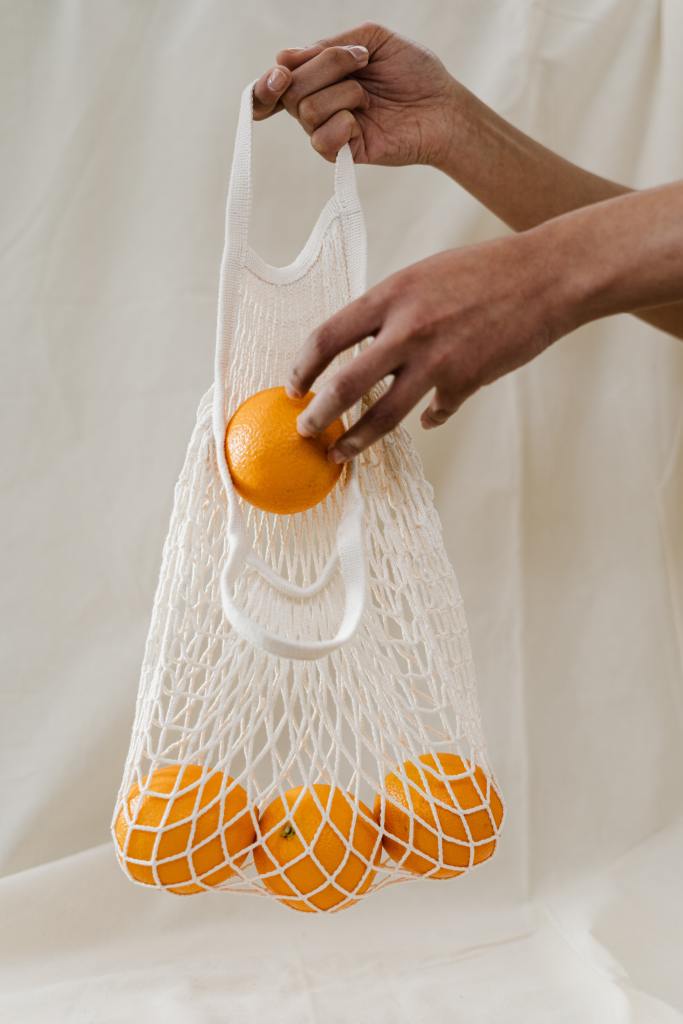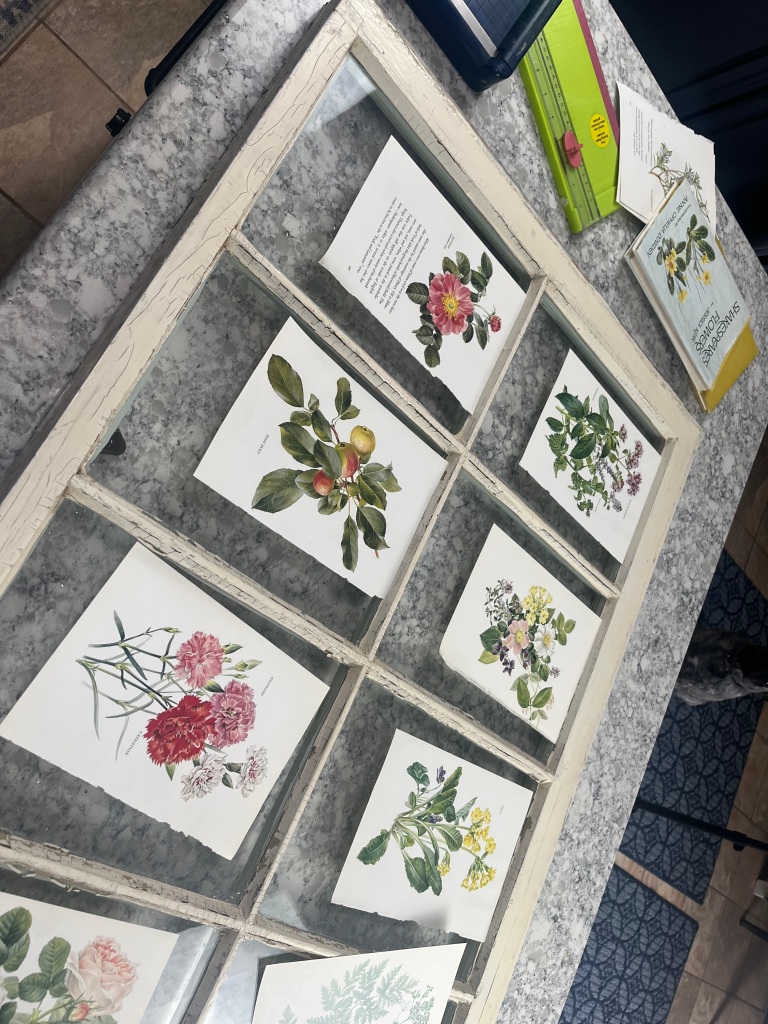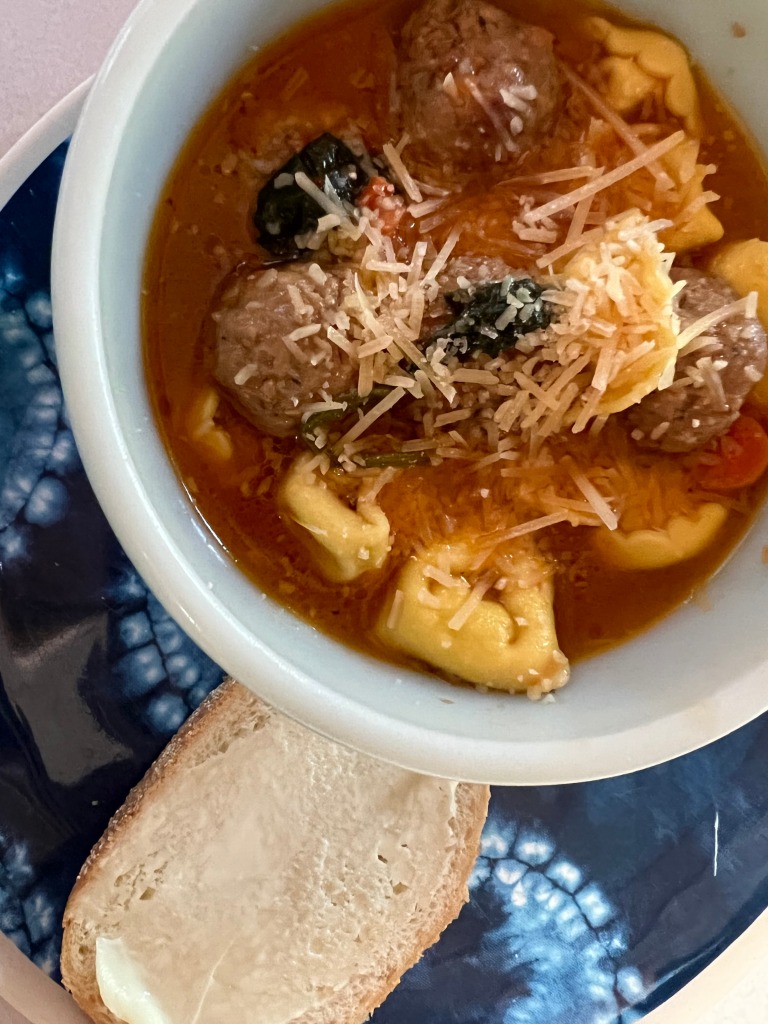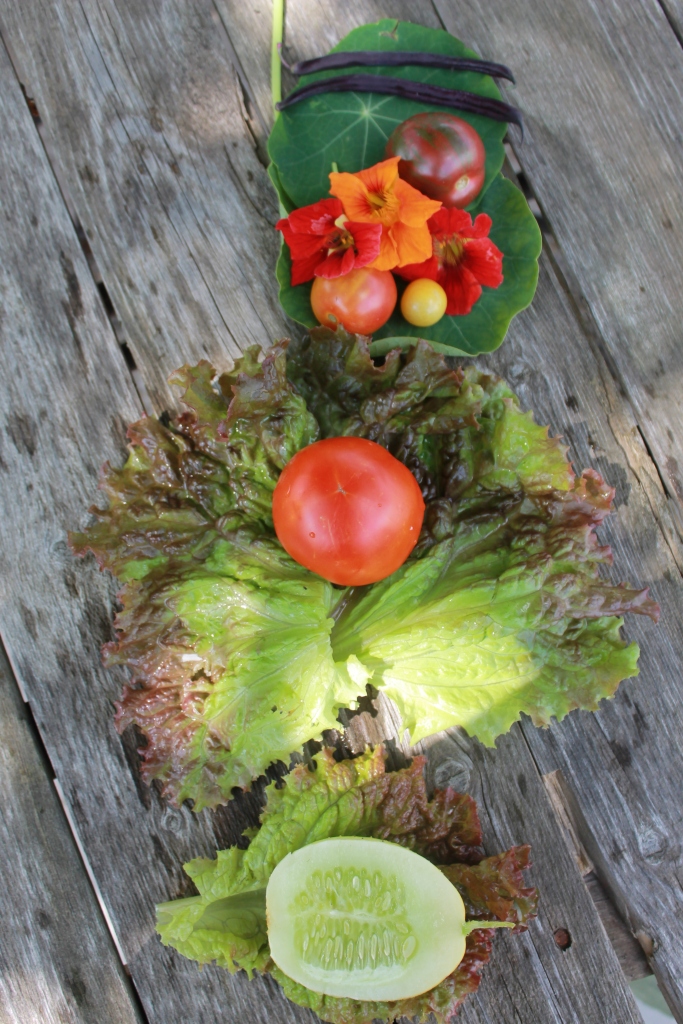
The other day I wrote a blog on The Benefits of Baking With Kids, so I thought I should also put out some information for those of you who may be new to the kitchen arena! I personally prefer to cook rather than bake. You may be wondering why, and the answer to that is I feel cooking allows me to be more creative. Baking is what I like to think of as a science. It is very important to follow directions to ensure you get the best possible outcome! Yes you can be very creative when decorating cakes & cupcakes, but you cannot veer from the ingredient list very easily. My daughter is a wonderful baker and has always dreamed of owning her own bakery.
Baking is a beautiful art that requires precision, patience, and a passion for creating delectable treats. Whether you are a beginner or an experienced baker, there are always new tips and techniques to learn to take your baking skills to the next level. In this article, I will share with you the essential tools, techniques, and principles that will help you bake like a pro. So, put on your apron, preheat your oven, and let’s get started on this baking adventure!
Essential Tools for Baking Success
Before diving into the world of baking, it is important to equip yourself with the right tools. These tools will not only make your baking experience more enjoyable but also ensure better results. Here are some essential tools every aspiring baker should have in their kitchen:
- Measuring Cups and Spoons: Accurate measurements are crucial in baking. Invest in a set of measuring cups and spoons to measure dry and liquid ingredients precisely.
- Mixing Bowls: A set of mixing bowls in various sizes will come in handy for mixing ingredients, whisking, and preparing dough.
- Whisk: A whisk is a versatile tool that helps combine ingredients smoothly and incorporate air into batters and doughs.
- Spatula: A good spatula is essential for scraping down the sides of bowls and folding ingredients gently.
- Oven Thermometer: Oven temperatures can vary, affecting the outcome of your baked goods. An oven thermometer will ensure accurate temperature readings for perfect results.
- Baking Pans and Sheets: Invest in high-quality baking pans and sheets that distribute heat evenly for even baking.
Understanding the Importance of Ingredient Quality
When it comes to baking, the quality of ingredients can make a significant difference in the taste and texture of your final product. Here are a few key ingredients and their importance in baking:
1. Flour: Flour is the backbone of most baked goods. Opt for high-quality all-purpose flour or specific types like cake flour or bread flour, depending on your recipe. The protein content in flour affects the structure and texture of your baked goods.
2. Leavening Agents: Baking powder and baking soda are leavening agents that help your baked goods rise. Ensure they are fresh and within their expiration date for optimal results.
3. Butter: Butter adds flavor and moisture to your baked goods. Use unsalted butter for better control over the salt content in your recipe.
4. Eggs: Eggs provide structure, moisture, and richness to your baked goods. Fresh eggs are essential for best results.
5. Sugar: Sugar not only sweetens your baked goods but also contributes to their texture and moisture content. Use the type of sugar specified in your recipe, whether it’s granulated, brown, or powdered sugar.
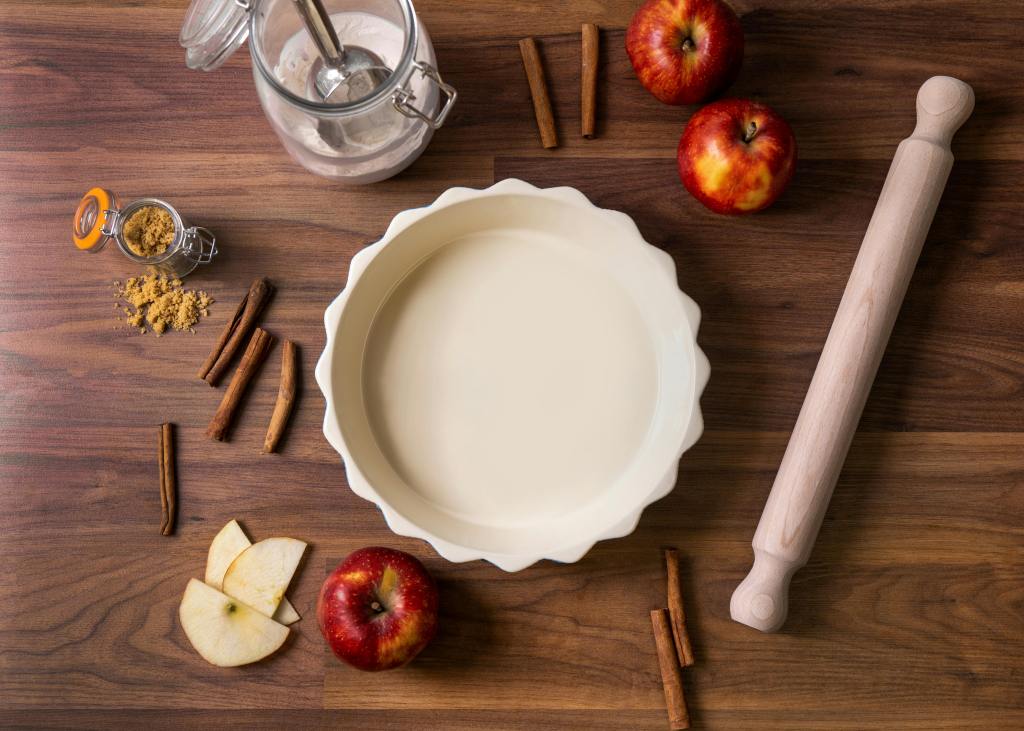
By using high-quality ingredients, you can elevate the taste and texture of your creations, making them truly professional.

Join the list
Join hundreds of our subscribers and be the first to know about new content and special offers.
The Science Behind Baking: Key Techniques and Principles
Baking is not just about following a recipe; it is also about understanding the science behind it. Knowing the key techniques and principles will help you troubleshoot issues and achieve consistent results. Let’s explore some fundamental concepts:
1. Gluten Formation: Gluten is formed when flour comes in contact with liquid and is agitated through mixing or kneading. It provides structure and elasticity to baked goods. The amount of gluten developed affects the texture, so different recipes require different levels of gluten formation.
2. Leavening: Leavening agents, such as baking powder and baking soda, release carbon dioxide gas when mixed with liquid and heat. This gas expands the dough or batter, causing it to rise. Understanding the right amount of leavening agent to use is crucial for achieving the desired rise.
3. Maillard Reaction: The Maillard reaction is a chemical reaction that occurs between amino acids and reducing sugars when exposed to heat. It is responsible for the browning and flavor development in baked goods. Controlling the temperature and timing is essential to achieve the perfect golden brown color and flavor.
4. Emulsification: Emulsification is the process of combining two immiscible ingredients, such as oil and water, into a stable mixture. It is crucial for creating smooth and creamy textures in certain baked goods like cakes and frostings. Techniques like creaming butter and sugar or adding eggs gradually help in emulsification.

Understanding these scientific principles will give you a deeper insight into the baking process and allow you to experiment and innovate with your recipes.
Mastering the Art of Measuring and Weighing Ingredients Accurately
Accurate measurement of ingredients is a fundamental aspect of successful baking. Even slight variations in measurements can affect the texture and taste of your baked goods. Here are some tips for measuring and weighing ingredients accurately:
- Use a Digital Scale: Invest in a good digital kitchen scale for precise measurements. Weighing ingredients is more accurate than using volume measurements.
- Spoon and Level Dry Ingredients: When measuring dry ingredients like flour or sugar, spoon them into the measuring cup and level off the excess with a straight edge. Do not pack the ingredients into the cup, as it can lead to dense and dry baked goods.
- Use Liquid Measuring Cups: For liquid ingredients, use a liquid measuring cup with clear markings at eye level. Pour the liquid slowly until it reaches the desired measurement.
- Measure Ingredients at Room Temperature: Some ingredients, like butter or eggs, are often specified at room temperature. Use a kitchen thermometer to ensure they are at the correct temperature before measuring.
By mastering the art of accurate measurement, you can ensure consistent results and perfect your baking skills.
The Role of Temperature and Timing in Baking
Temperature and timing play crucial roles in the success of your baked goods. Understanding how to manipulate these variables will help you achieve the desired results. Here are some tips to consider:
- Preheating the Oven: Always preheat your oven to the specified temperature before baking. This ensures even heat distribution and proper rising of your baked goods.
- Room Temperature Ingredients: Most recipes specify using room temperature ingredients like eggs, butter, or dairy. Allowing these ingredients to come to room temperature helps in better incorporation and texture.
- Baking Time: Follow the baking time specified in the recipe as a starting point. However, every oven is different, so keep a close eye on your baked goods as they near the end of the recommended baking time to avoid over or under-baking.
- Toothpick Test: To check for doneness, insert a toothpick into the center of the baked goods. If it comes out clean or with a few crumbs, your baked goods are ready. If the toothpick has wet batter clinging to it, continue baking for a few more minutes.
Understanding and controlling temperature and timing will ensure your baked goods are perfectly cooked and avoid any unpleasant surprises.
Tips for Achieving the Perfect Texture and Consistency in Baked Goods
The texture and consistency of your baked goods can make or break the final result. Here are some tips to help you achieve the perfect texture:
- Creaming Method: For cakes and cookies, use the creaming method, which involves beating butter and sugar together until light and fluffy. This creates air pockets that contribute to a tender and moist texture.
- Folding Technique: When incorporating dry ingredients into wet ingredients, use a gentle folding motion with a spatula to avoid overmixing. Overmixing can lead to a tough texture.
- Room Temperature Butter: When a recipe calls for softened butter, ensure it is at the correct temperature. Softened butter blends easily with other ingredients, resulting in a smooth and even texture.
- Proper Cooling: Allow your baked goods to cool completely on a wire rack before storing or decorating. Cooling allows the texture to set and prevents moisture buildup.
By implementing these tips, you can achieve bakery-quality textures in your homemade baked goods.
Enhancing Flavors with Spices, Extracts, and Other Ingredients
Flavor is an essential aspect of any baked good. Here are some ways to enhance flavors and create memorable treats:
- Spices: Experiment with spices like cinnamon, nutmeg, ginger, or cardamom to add warmth and depth to your baked goods. Start with small amounts, as spices can be potent.
- Natural Extracts: Vanilla extract is a classic flavor enhancer, but there are many other extracts available, such as almond, lemon, or coconut. Use extracts sparingly to avoid overpowering the flavors.
- Citrus Zest: The zest of citrus fruits like lemons or oranges adds a burst of fresh flavor to your baked goods. Grate the outer colorful part of the fruit, avoiding the bitter white pith.
- Mix-ins: Add texture and flavor by incorporating mix-ins like chocolate chips, nuts, dried fruits, or shredded coconut into your batters or doughs.
Experimenting with different flavors and combinations will elevate your baked goods to a whole new level.
Decorating and Presenting Your Baked Creations Like a Pro
The presentation of your baked goods can be just as important as their taste. Follow these tips to decorate and present your creations like a pro:
- Frosting Techniques: Learn different frosting techniques like smooth buttercream, piped designs, or intricate patterns. Practice piping and decorating on a parchment paper before moving onto your actual baked goods.
- Use Pastry Bags and Tips: Invest in a set of pastry bags and tips for more precise and professional-looking designs. Different tips create different shapes and textures for various decorations.
- Garnish with Fresh Fruits or Herbs: Top your cakes or tarts with fresh fruits or herbs to add a pop of color and freshness. Choose fruits or herbs that complement the flavors of your baked goods.
- Serve on Attractive Platters: Present your baked goods on attractive platters or cake stands. Consider the overall theme or occasion and choose the right servingware to enhance the visual appeal.

By paying attention to the details of decorating and presenting, you can make your baked creations look as good as they taste.
Troubleshooting Common Baking Mistakes
Even the most experienced bakers encounter challenges from time to time. Here are some common baking mistakes and how to troubleshoot them:
- Flat Cakes: Flat cakes can result from using expired leavening agents or overmixing the batter. Check the expiration date of your baking powder or baking soda and avoid overmixing, which can deflate the batter.
- Dry Baked Goods: Dryness can be a result of overbaking or using too much flour. Follow the recommended baking time, and spoon and level your dry ingredients to avoid excess flour.
- Soggy Bottoms: Soggy bottoms can occur when your baked goods are not fully cooked or when they are placed on a moist surface after baking. Ensure your baked goods are fully cooked and cool them on a wire rack to prevent moisture buildup.
- Uneven Rising: Uneven rising can be caused by uneven oven temperatures or improper mixing. Use an oven thermometer to ensure accurate temperatures, and mix your ingredients thoroughly for even distribution.
By identifying and addressing these common baking mistakes, you can overcome obstacles and improve your baking skills.
Resources and Courses for Furthering Your Baking Skills
If you are eager to take your baking skills to the next level, there are various resources and courses available to help you. Here are some options:
- Cookbooks: Invest in reputable baking cookbooks written by experienced bakers. These cookbooks provide detailed recipes, techniques, and tips to expand your knowledge.
- Online Tutorials: Numerous websites and YouTube channels offer free baking tutorials. Watch step-by-step videos and learn from experienced bakers at your own pace.
- Baking Classes: Look for local baking classes or workshops in your area. These hands-on classes provide practical guidance and allow you to interact with instructors and fellow baking enthusiasts.
- Professional Baking Courses: If you are serious about pursuing a career in baking, consider enrolling in professional baking courses. These courses provide comprehensive training in various aspects of baking and often offer certifications upon completion.
By actively seeking out resources and courses, you can continue to expand your baking skills and knowledge.
Unleashing Your Inner Pro Baker
Baking like a pro is a journey of continuous learning, experimentation, and passion. By understanding the essential tools, techniques, and principles, you can elevate your baking skills and create professional-quality treats. Remember to invest in the right tools, use high-quality ingredients, and embrace the science behind baking. With practice and perseverance, you will unleash your inner pro baker and delight yourself and others with your delicious creations. So, keep your apron on, keep learning, and keep baking!
CTA: Share your favorite baking tips or recipes in the comments below. Let’s inspire each other to become better bakers!
If you enjoyed this blog , please LIKE, Follow, Share & leave me a comment! I love your feedback!
If you aren’t following me on Facebook & Instagram, go on over & give a LIKE & Follow me for daily tips & tricks for your home & garden!
Remember to eat fresh, shop local, & have a happy day,
Jean
Copyright Policy
All text and images on this site are copyright of For Dragonflies And Me. Unless otherwise noted, you may not use this content
This post may contain affiliate links. If you choose to purchase through an affiliate link, I may receive a small commission at no additional cost to you. You can see my full disclaimer here.

